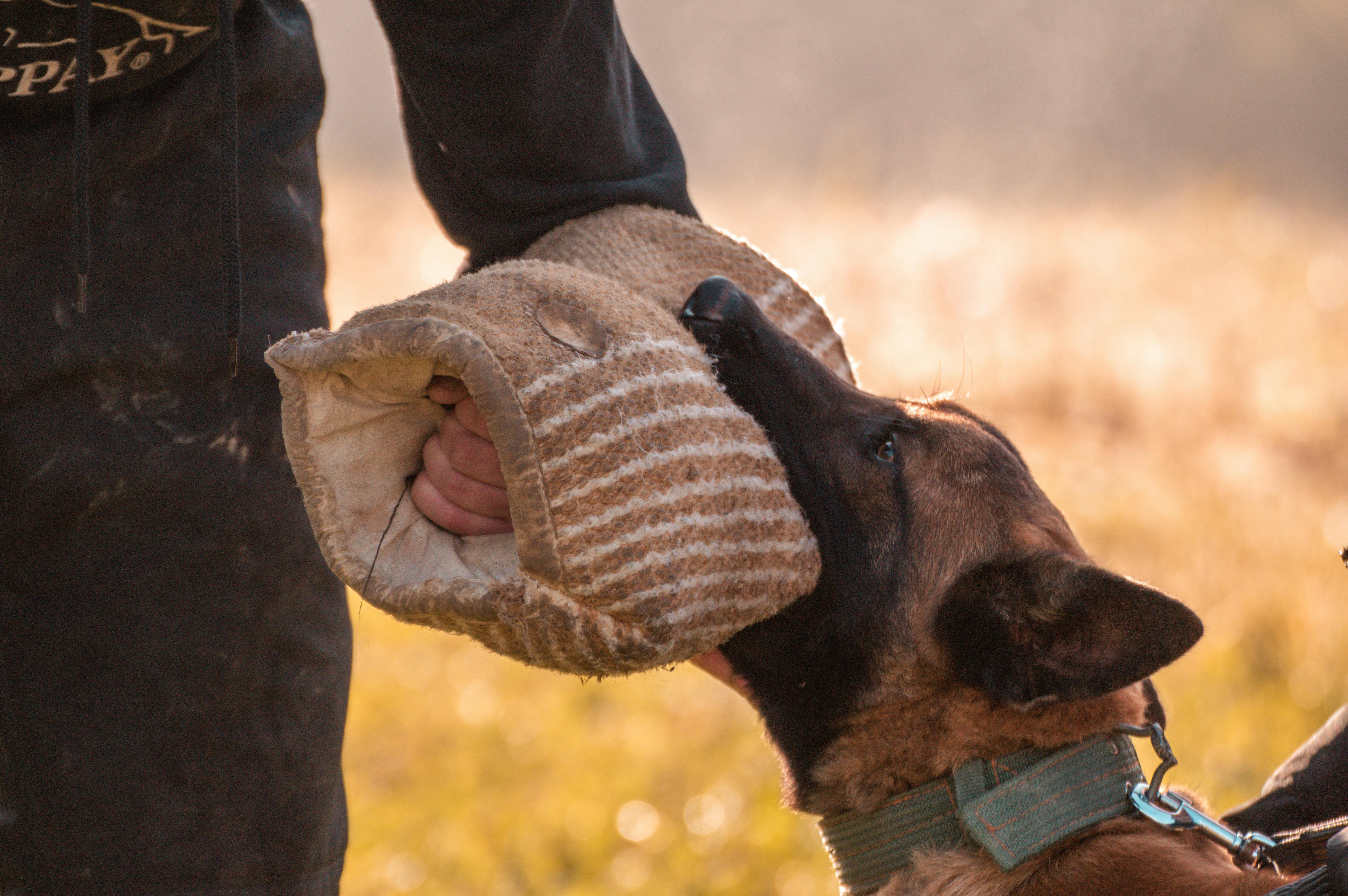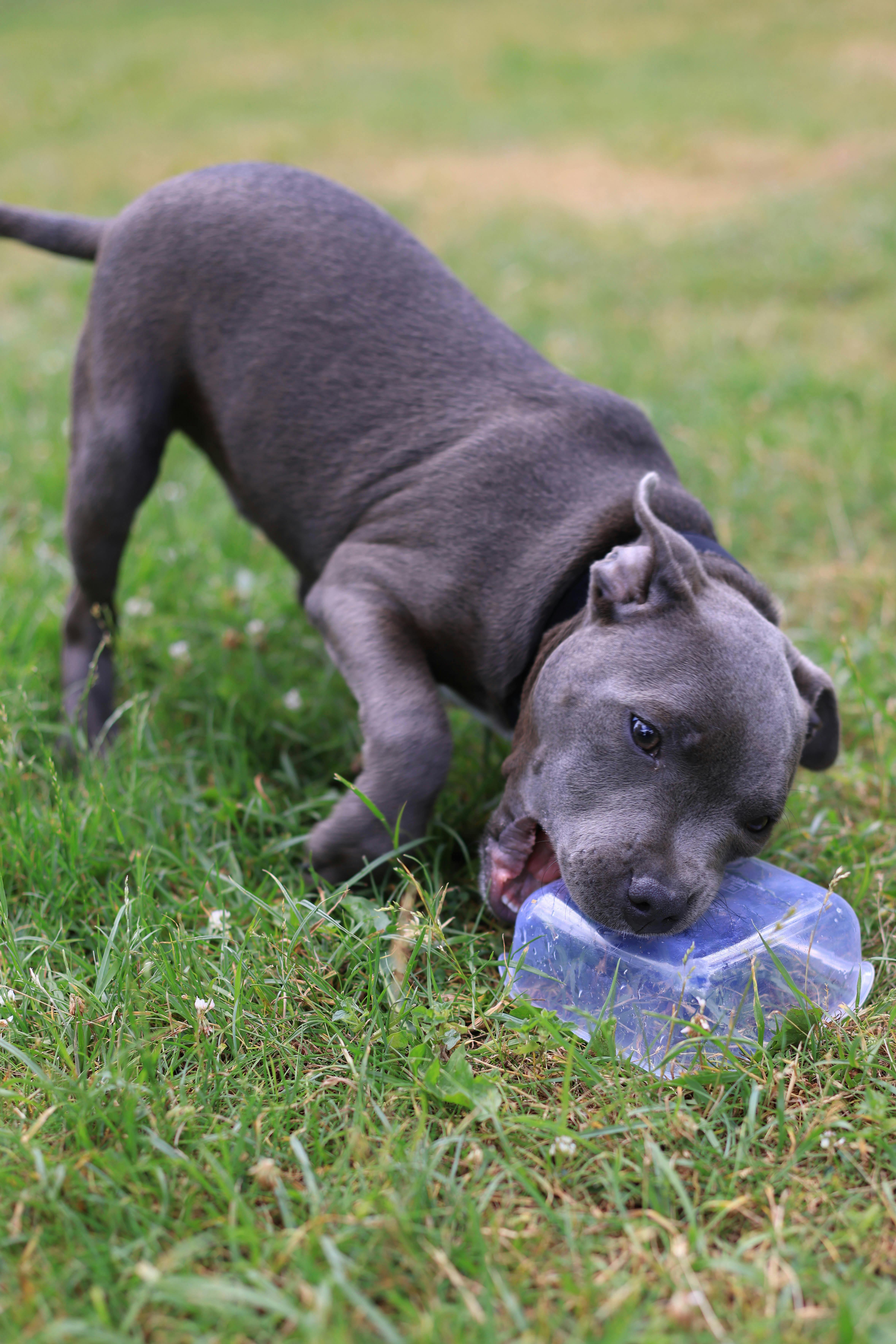Comprehensive Guide to Dog Training Bite Sleeves
Dog training bite sleeves are an essential tool for those looking to train their canine companions in bite work. Whether you’re a professional trainer or a dog owner, understanding how these tools work and how to use them effectively can make a huge difference in your dog’s training journey. In this guide, we’ll explore everything you need to know about bite sleeves, from their fundamentals to advanced applications, and offer tips for overcoming challenges along the way.

Understanding the Fundamentals
A dog training bite sleeve is a piece of equipment designed to help train dogs in controlled bite scenarios, primarily used for bite sports like protection and police dog training. These sleeves are worn by trainers to teach dogs how to properly bite and release under command. They are an essential tool for building strong, controlled bite work and ensuring safety during training sessions.
The concept of bite training dates back to the early days of working dog training, with the modern bite sleeve being a refined version of earlier, rudimentary methods. Bite sleeves are used to teach dogs discipline, control, and proper technique in bite situations, providing a controlled environment for dogs to learn and develop their skills.
1.1 The Importance of Bite Training
Bite training is not just about teaching a dog to bite. It’s about control, safety, and proper handling. When done correctly, it helps dogs learn to bite only when necessary, in a controlled manner, and to release on command. This is crucial for police, military, and protection dogs, as well as for dogs involved in competitive bite sports.
Studies have shown that dogs trained with bite sleeves have better impulse control and are less likely to show aggression in uncontrolled situations. By providing a safe, structured environment for bite training, trainers can instill discipline and ensure that the dog only bites when instructed to do so.
1.2 Choosing the Right Bite Sleeve
There are different types of bite sleeves available in the market, each designed for specific training purposes. Some are soft for beginners, while others are more rigid and suited for advanced training. When choosing a bite sleeve, consider factors like the dog’s age, skill level, and the type of training you’re doing.
For example, a soft sleeve is ideal for puppies and dogs just starting their bite training. In contrast, a hard sleeve is better for experienced dogs training for competitive bite sports or protection work. Understanding the type of training and the level of the dog will help you select the best equipment for your needs.
Practical Implementation Guide
Now that you understand the basics of bite sleeves, it’s time to dive into practical implementation. This section will guide you through actionable steps to integrate bite training into your routine, helping you get the most out of your dog’s training sessions.

2.1 Actionable Steps
- Step 1: Introduce the Bite Sleeve Gradually – Start by allowing the dog to interact with the sleeve while it is stationary. This helps them become familiar with the equipment before any active training begins.
- Step 2: Teach Basic Commands – Ensure that the dog understands basic commands like “sit,” “stay,” and “release” before incorporating the bite sleeve. These commands are essential for ensuring safety during training.
- Step 3: Short Sessions, Gradual Progression – Begin with short sessions and gradually increase the difficulty as the dog becomes more proficient. Monitor the dog’s reactions and adjust the training intensity as needed.
2.2 Overcoming Challenges
While bite training can be rewarding, it’s not without its challenges. Here are some common obstacles and how to overcome them:
- Obstacles with Aggression: Some dogs may exhibit excessive aggression during training. If this occurs, it’s important to de-escalate the situation by taking breaks and offering rewards for calm behavior.
- Fear of the Sleeve: Some dogs may be hesitant or afraid of the bite sleeve. Start with gentle exposure and use positive reinforcement to create a positive association with the sleeve.
- Difficulty in Control: For dogs that struggle with controlling their bite, focus on refining the “release” command before advancing to more intense scenarios.
Expert trainers recommend using gradual exposure and rewarding calm behavior to prevent negative associations with the training process.
Advanced Applications
As your dog becomes more skilled, it’s time to explore advanced techniques and applications in bite training. These methods are designed to enhance your dog’s performance and prepare them for more demanding scenarios.

3.1 Advanced Technique: Tactical Training
For highly skilled dogs, tactical training is an advanced method used in law enforcement and military settings. This involves training dogs to react to real-world scenarios, such as attacking a suspect or apprehending an intruder.
In tactical training, the dog is exposed to various environments and scenarios, such as different types of clothing or the presence of distractions. The goal is to ensure that the dog responds accurately under pressure and remains under control. Performance metrics such as response time, bite accuracy, and command obedience are key indicators of success.
3.2 Advanced Technique: Multi-layered Command Training
In some advanced scenarios, dogs are trained to respond to multiple layers of commands, allowing for more flexibility in their reactions. For example, a dog might be trained to switch between attack, defense, and release based on specific signals. This requires a high level of coordination between the dog and trainer, as well as an understanding of complex behavior cues.
Incorporating these multi-layered techniques into bite training improves the dog’s adaptability and prepares them for dynamic situations that may arise during real-world operations.
Future Outlook
The future of dog training, especially bite training, is evolving rapidly with advancements in technology and training techniques. We can expect the development of new materials for bite sleeves that offer enhanced durability, as well as the integration of digital tools to monitor and assess training progress.
With the rise of more sophisticated dog training platforms, trainers will have access to advanced tracking systems that monitor a dog’s performance, allowing for more personalized and data-driven training programs. In the coming years, these innovations will help ensure that dog training becomes even more efficient and effective.
Conclusion
Dog training bite sleeves are an invaluable tool for teaching dogs controlled bite work, from basic training to advanced techniques. Whether you’re just starting out or have an experienced canine companion, understanding how to properly implement bite training can improve your dog’s behavior and performance in various scenarios.
Remember to start slow, progress gradually, and address challenges as they arise. With consistent practice and patience, your dog can excel in bite work and become a highly skilled and disciplined partner. Start incorporating bite sleeve training today and take your dog’s skills to the next level.
Frequently Asked Questions
- Q: How long does it take to train a dog with a bite sleeve? It depends on the dog’s age, temperament, and prior training experience. Typically, you can expect to see noticeable progress within 6-12 weeks of consistent training.
- Q: Can I use a bite sleeve for puppies? Yes, there are soft bite sleeves specifically designed for puppies. These help introduce the concept of bite training without putting too much stress on young dogs.
- Q: What is the cost of a professional-quality bite sleeve? Prices vary, but a professional-quality bite sleeve can range from $100 to $500 depending on material, brand, and features.
- Q: Are bite sleeves only for professional trainers? While bite sleeves are commonly used by professional trainers, they can also be used by dedicated dog owners who are committed to providing their dogs with proper training.
- Q: How do I know if my dog is ready for a bite sleeve? If your dog is comfortable with basic commands and exhibits controlled behavior, they are likely ready to begin bite sleeve training. Start with a soft sleeve and gradually increase difficulty.
- Q: Can a bite sleeve improve my dog’s behavior? Yes, bite sleeve training can improve overall behavior by teaching dogs impulse control and providing structured mental stimulation.
- Q: How do I maintain my bite sleeve? Regular cleaning and inspecting for wear and tear are essential for maintaining a bite sleeve. Ensure that it is properly stored and handled to prolong its lifespan.
